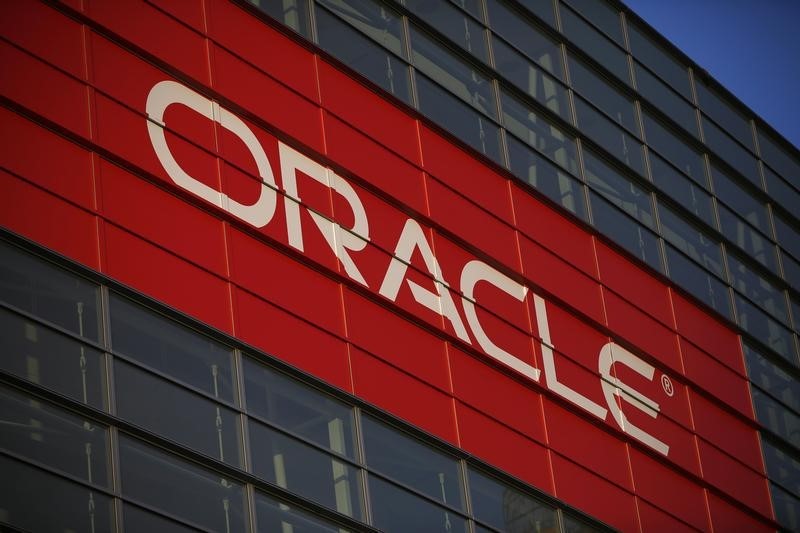Shares in Oracle fell sharply by over 7% in after-hours trading following the release of its second-quarter results for fiscal year 2025 (Q2 FY25), which fell short of Wall Street’s earnings expectations. The Austin-based company also delivered weaker-than-anticipated guidance for the coming quarter, signalling challenges in the competitive cloud computing market.
In the previous quarter, Oracle reported a robust performance driven by the growing demand for its cloud services and offerings. The US computer technology company reported a significant rise in its net income for Q1 FY25, reaching $2.9bn, a 21% increase compared to the corresponding period of the last fiscal year. However, the optimism from Q1 was overshadowed in Q2 by rising expenses and competition from tech giants.
Despite a 52% year-over-year (YoY) surge in cloud infrastructure (IaaS) revenue, driven by increased demand for computing power to support artificial intelligence (AI) workloads, Oracle’s adjusted earnings per share (EPS) of $1.47 narrowly missed analysts’ forecast of $1.48. Total revenue for the quarter reached $14.1bn, a 9% annual increase, but still came in slightly below market expectations.
Oracle faces intensifying competition from major tech rivals such as Microsoft, Amazon, and Google in the lucrative cloud services market. In response, Oracle has been ramping up capital expenditure on infrastructure, including investments in Nvidia-powered artificial intelligence (AI) hardware and additional cloud regions. While these moves aim to position Oracle as a leader in AI and cloud services, they have raised concerns about profit margin pressures amid soaring expenses.
Earlier this year, the company’s shares gained over 80% year-to-date on optimism around AI-related growth. Analysts cited the earnings miss and cautious guidance as key factors driving the selloff.
The Q2 FY25 results suggest that Oracle’s cloud business continues to grow despite challenges. Revenue from cloud services and licence support grew 12% to $10.8bn, while Infrastructure as a Service (IaaS) revenue soared 52%. Oracle emphasised the rising demand for AI workloads, which has bolstered its partnerships with cloud hyperscalers like Microsoft Azure and Amazon Web Services (AWS). The company’s total cloud revenue, encompassing IaaS and software-as-a-service (SaaS), climbed 24% YoY to $5.9bn. Within its SaaS segment, cloud applications revenue rose to $3.5bn, reflecting a 10% annual increase. Key drivers included Fusion Cloud ERP, which generated $900m in revenue, up 18%, and NetSuite Cloud ERP, also at $900m, which grew 20%.
Oracle CEO Safra Catz reiterated the company’s ambitious forecast of reaching $25bn in cloud revenue for fiscal 2025, supported by increasing adoption of its multi-cloud offerings and strategic SaaS applications. “Growth in the AI segment of our Infrastructure business was extraordinary—GPU consumption was up 336% in the quarter—and we delivered the world’s largest and fastest AI SuperComputer scaling up to 65,000 NVIDIA H200 GPUs,” said Catz. “With our remaining performance obligation (RPO) up 50% to $97bn, we believe our already impressive growth rates will continue to climb even higher.”
Oracle’s outlook for the third quarter includes adjusted EPS guidance of $1.5 to $1.54, below the consensus estimate of $1.57. The company forecasts total revenue to grow from 9% to 11% in constant currency. While its total cloud revenue is slated to increase from 25% to 27% in constant currency, Oracle’s steep rise in capital expenditure is expected to persist, potentially impacting profitability. Meanwhile, competition in the cloud sector and broader economic headwinds could pose additional risks.












